I got off my virtual tush and participated in some Carnivals this week:
The Carnival of Personal Finance was run by We’re In Debt. It’s organized nicely by topic, and my post on my current bank setup was an Editor’s pick. Woohoo!
The first part of my Zecco broker review was also included in the Festival of Stocks, hosted by the Stock Market Prognosticator.
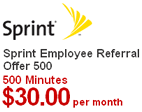 How to order
How to order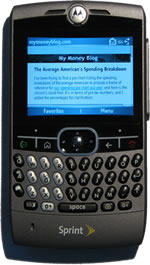 Phones
Phones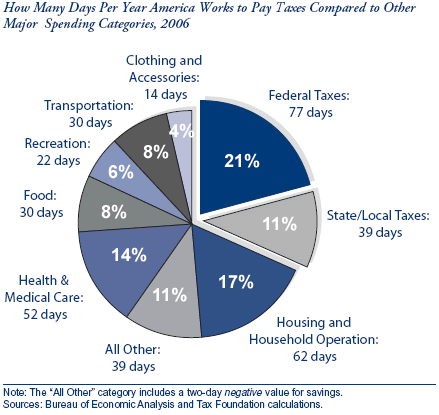
 You have bad credit. You want to buy a house. Why bother with such old-fashioned ideas like paying off debts and slowly building back your credit? You want that McMansion now! All those other sub-prime defaults are just crimping your style. Well, now you can simply buy good credit! Or more accurately, rent it.
You have bad credit. You want to buy a house. Why bother with such old-fashioned ideas like paying off debts and slowly building back your credit? You want that McMansion now! All those other sub-prime defaults are just crimping your style. Well, now you can simply buy good credit! Or more accurately, rent it. Vanguard has just announced some
Vanguard has just announced some 

 2. Volatility matters. Buy-and-hold works… if you hold! You keep hearing that people shouldn’t own too much in stocks if they can’t tolerate the risk. You can see why by viewing the Investor Returns on the more volatile funds. They stink! According to this
2. Volatility matters. Buy-and-hold works… if you hold! You keep hearing that people shouldn’t own too much in stocks if they can’t tolerate the risk. You can see why by viewing the Investor Returns on the more volatile funds. They stink! According to this 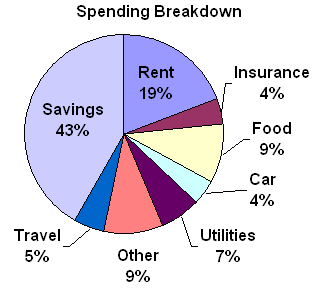
 It’s spring cleaning time. On top of the usual build-up, we are moving in a few months to a place where there (gasp!) probably won’t be a basement! I’m not the best at organization, but here’s what we’ve done so far:
It’s spring cleaning time. On top of the usual build-up, we are moving in a few months to a place where there (gasp!) probably won’t be a basement! I’m not the best at organization, but here’s what we’ve done so far: I just redeemed a bunch of ThankYou points and I think I got some great rewards for doing things I would have done anyways. Consider this:
I just redeemed a bunch of ThankYou points and I think I got some great rewards for doing things I would have done anyways. Consider this: I decided to open a brokerage account with Zecco.com. This is not going to be my main brokerage account just yet, but I do plan on using it. (I’m going to revive my Play Money account, for those that have been reading for a while. More on this later.) For now, since I think a lot of people are curious about this account, here are my experiences with the account itself.
I decided to open a brokerage account with Zecco.com. This is not going to be my main brokerage account just yet, but I do plan on using it. (I’m going to revive my Play Money account, for those that have been reading for a while. More on this later.) For now, since I think a lot of people are curious about this account, here are my experiences with the account itself.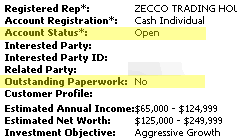
 The Best Credit Card Bonus Offers – March 2024
The Best Credit Card Bonus Offers – March 2024 Big List of Free Stocks from Brokerage Apps
Big List of Free Stocks from Brokerage Apps Best Interest Rates on Cash - March 2024
Best Interest Rates on Cash - March 2024 Free Credit Scores x 3 + Free Credit Monitoring
Free Credit Scores x 3 + Free Credit Monitoring Best No Fee 0% APR Balance Transfer Offers
Best No Fee 0% APR Balance Transfer Offers Little-Known Cellular Data Plans That Can Save Big Money
Little-Known Cellular Data Plans That Can Save Big Money How To Haggle Your Cable or Direct TV Bill
How To Haggle Your Cable or Direct TV Bill Big List of Free Consumer Data Reports (Credit, Rent, Work)
Big List of Free Consumer Data Reports (Credit, Rent, Work)